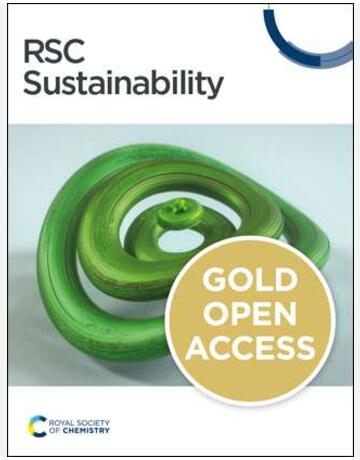Research on the Fire Resilience Assessment of Ancient Architectural Complexes Based on the AHP-CRITIC Method
IF 3.3
3区 环境科学与生态学
Q2 ENVIRONMENTAL SCIENCES
引用次数: 0
Abstract
Ancient architectural complexes are an important part of human cultural heritage, carrying a wealth of historical and cultural information. However, fire safety issues in these complexes are becoming increasingly prominent, and it is urgent to assess and enhance their fire resilience to support sustainable development. This paper takes ancient architectural complexes as the research object and establishes a fire resilience evaluation indicator system for ancient architectural complexes, which includes 25 third-level indicators categorized under architectural characteristics, facility factors, management factors, and social factors. Then, this paper combines the AHP method and the CRITIC method to determine the weight of each indicator. The results show that architectural features and facility factors are key level 2 indicators affecting the fire resilience of ancient architectural complexes. The fire resistance rate, building materials, automatic alarm system, etc., are key level 3 indicators influencing the fire resilience of ancient architectural complexes. It is suggested that efforts should be made to enhance the fire resilience of ancient architectural complexes by improving the fire resistance rate, strengthening smart early warning systems, and intensifying the ensuring of firefighting responses. This paper provides valuable insights and recommendations for effectively preventing fire disasters in ancient architectural complexes, thereby supporting their sustainable management and long-term conservation.基于 AHP-CRITIC 方法的古建筑群抗火能力评估研究
古建筑群是人类文化遗产的重要组成部分,承载着丰富的历史和文化信息。然而,这些建筑群的消防安全问题日益突出,亟需评估和提升其抗灾能力,为可持续发展提供支撑。本文以古建筑群为研究对象,建立了古建筑群抗御火灾能力评价指标体系,包括建筑特征、设施因素、管理因素、社会因素等25个三级指标。然后,本文结合 AHP 法和 CRITIC 法确定了各指标的权重。结果表明,建筑特征和设施因素是影响古建筑群抗火能力的关键二级指标。耐火等级、建筑材料、自动报警系统等是影响古建筑群抗火能力的关键三级指标。建议从提高耐火率、加强智能预警系统、强化消防响应保障等方面努力提高古建筑群的抗御火灾能力。本文为有效预防古建筑群火灾灾害,从而支持其可持续管理和长期保护提供了宝贵的见解和建议。
本文章由计算机程序翻译,如有差异,请以英文原文为准。
求助全文
约1分钟内获得全文
求助全文
来源期刊

Sustainability
ENVIRONMENTAL SCIENCES-ENVIRONMENTAL SCIENCES
CiteScore
6.80
自引率
20.50%
发文量
14120
审稿时长
17.72 days
期刊介绍:
Sustainability (ISSN 2071-1050) is an international and cross-disciplinary scholarly, open access journal of environmental, cultural, economic and social sustainability of human beings, which provides an advanced forum for studies related to sustainability and sustainable development. It publishes reviews, regular research papers, communications and short notes, and there is no restriction on the length of the papers. Our aim is to encourage scientists to publish their experimental and theoretical research relating to natural sciences, social sciences and humanities in as much detail as possible in order to promote scientific predictions and impact assessments of global change and development. Full experimental and methodical details must be provided so that the results can be reproduced.
 求助内容:
求助内容: 应助结果提醒方式:
应助结果提醒方式:


